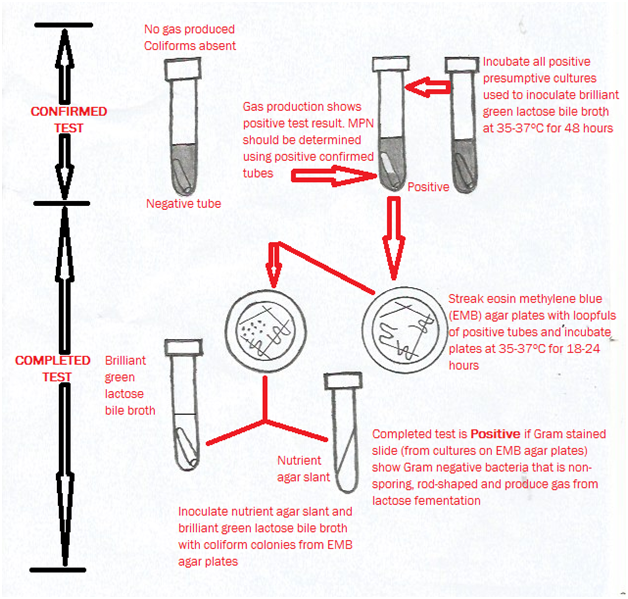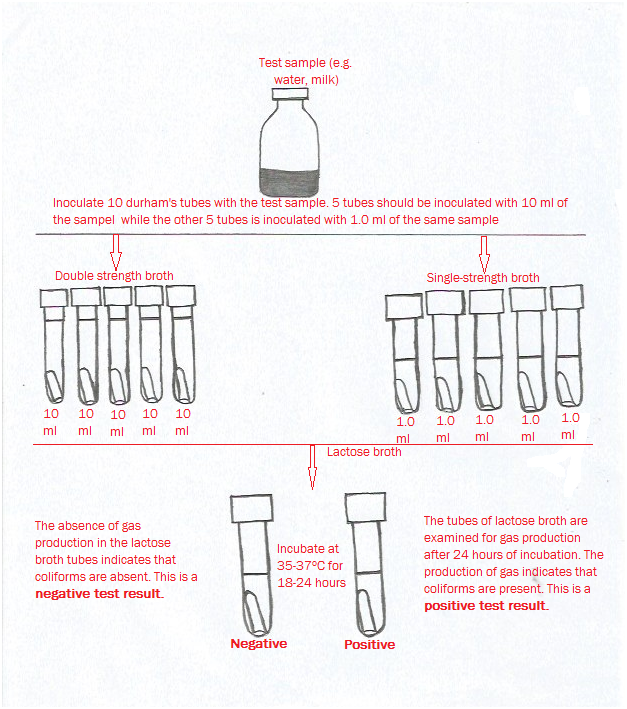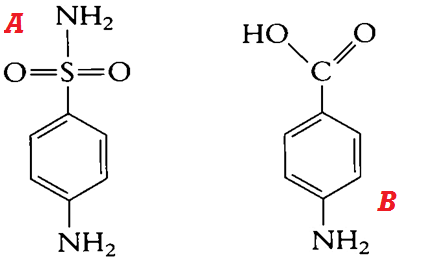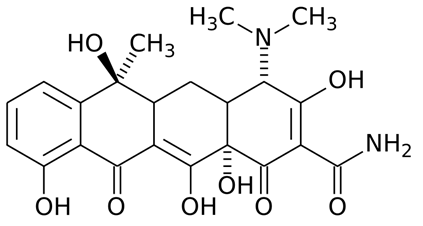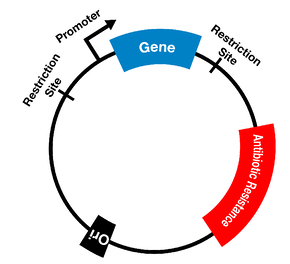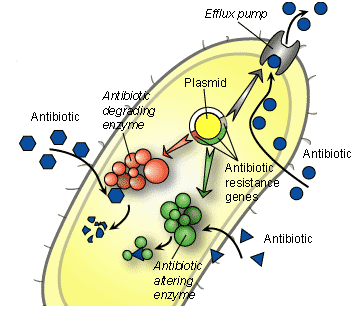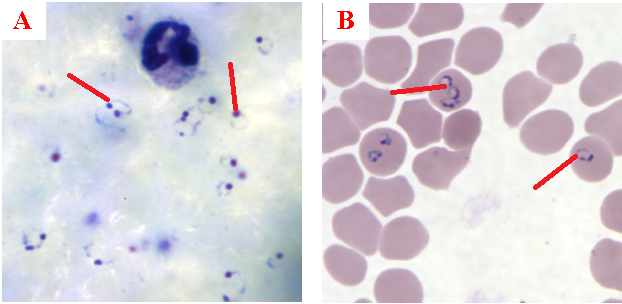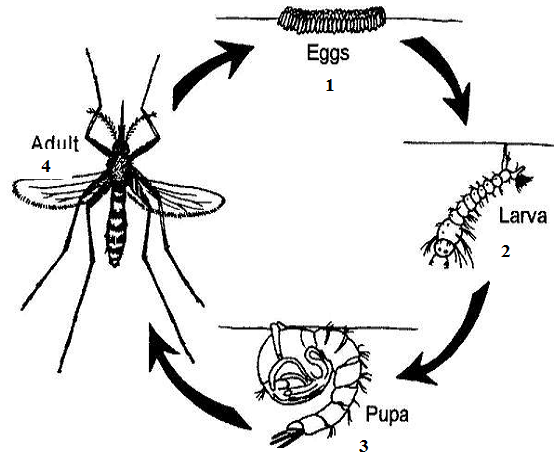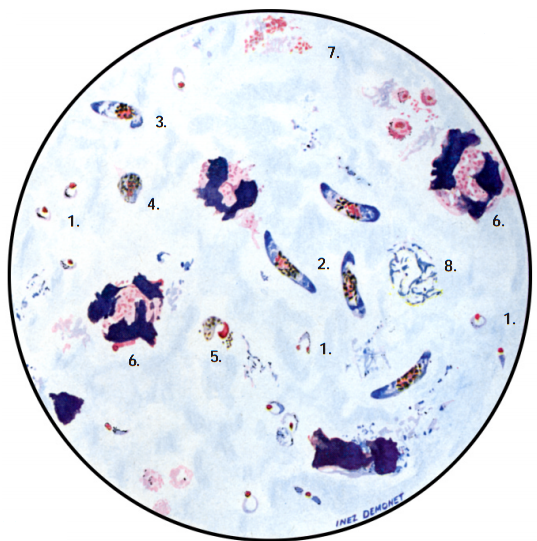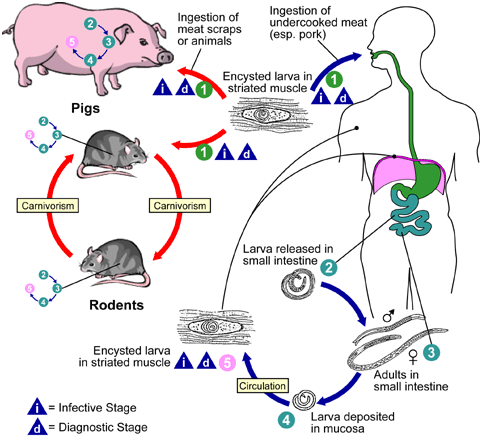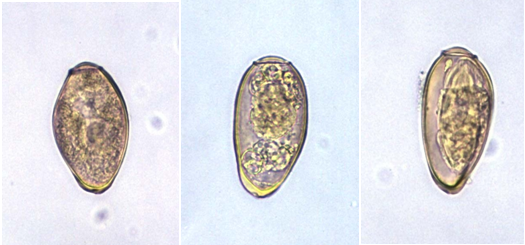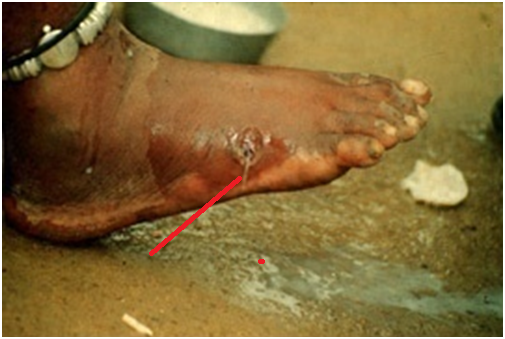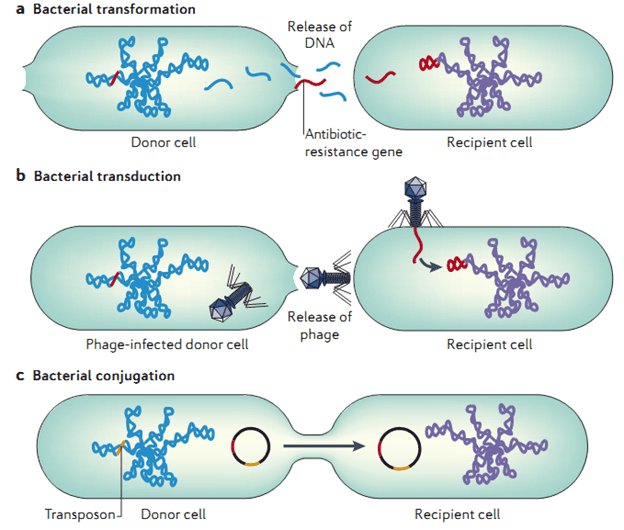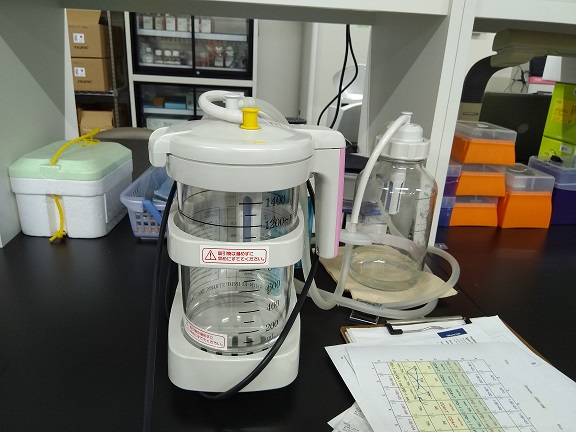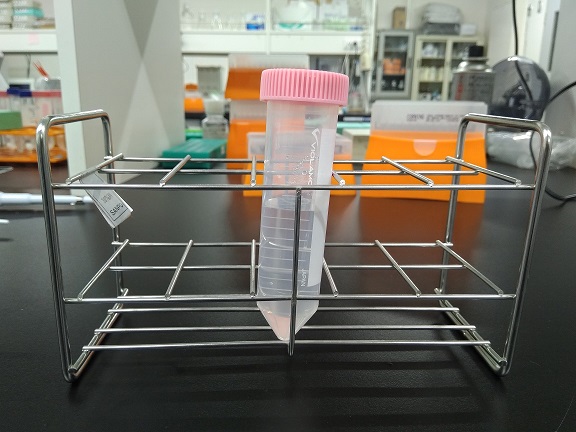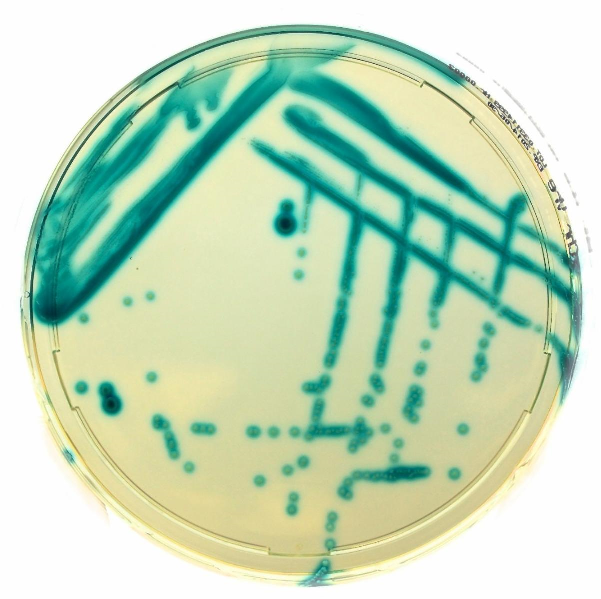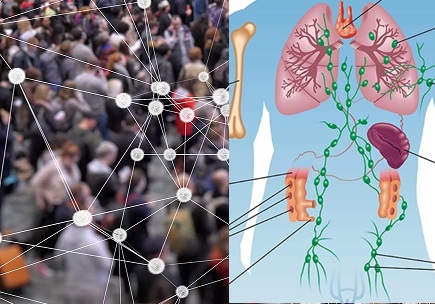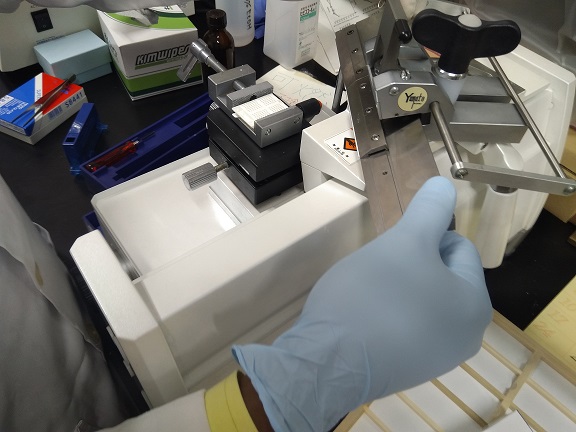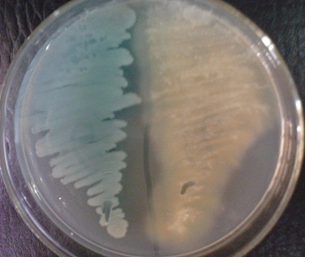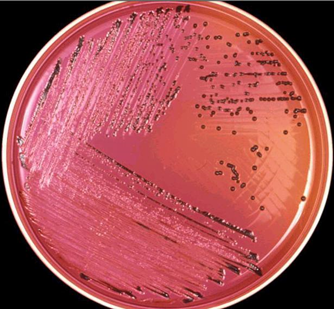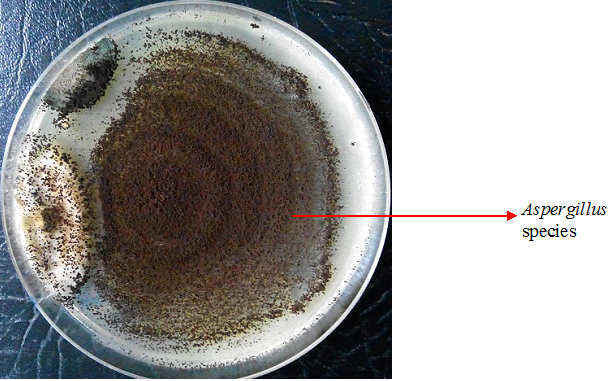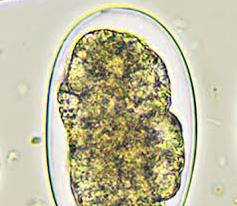pH meter is a piece of equipment that is used to maintain the actual pH […]
CARE & MAINTENANCE OF THE MICROSCOPE
Microscope is a piece of instrument or equipment used by microbiologists to examine microorganisms and […]
CHEMICAL WEIGHING BALANCES
Chemical weighing balances are very sensitive piece of equipments that is used to weigh and measure chemical reagents […]
TEST STAGES OF MPN METHOD
PRESUMPTIVE TEST The presumptive test provides a preliminary estimate of bacterial density present in a […]
MOST PROBABLE NUMBER (MPN) TECHNIQUE
The estimation of the number of microorganisms including bacteria and fungi present in public health […]
GENOTYPIC DETECTION OF ANTIBIOTIC RESISTANT MICROBES
The genotypic detection and characterization of antibiotic resistant genes in pathogenic bacteria is more specific […]
FEATURES OF THE VITEK 2 AUTOMATED COMPACT SYSTEM FOR BACTERIAL IDENTIFICATION AND ANTIMICROBIAL SUSCEPTIBILITY TEST (AST)
Helping the physician select the best treatment at a much faster pace based on the […]
SULPHONAMIDES
Sulphonamides or sulpha drugs are generally known as folate synthesis inhibitors because they inhibit […]
TETRACYCLINES
Tetracyclines are general purpose antibiotics used for a variety of clinical applications, and they include […]
TYPES OF ANTIBIOTIC RESISTANCE
Bacteria have evolved to survive in diverse environments. They survive exposure to harsh chemicals including […]
BRIEF HISTORY OF ANTIBIOTIC RESISTANCE
Antimicrobial agents, particularly antibiotics are the most significant class of pharmaceuticals and are one of […]
PCR TECHNIQUE
PCR is the acronym for “polymerase chain reaction”. Polymerase chain reaction is the molecular biology […]
ENZYMES USED IN MOLECULAR BIOLOGY TECHNIQUES
Restriction endonucleases are DNA cutting enzymes specifically found and isolated from bacteria; and which nick […]
TERMINOLOGIES USED IN PLASMODIUM INFECTION
References Aschengrau A and Seage G.R (2013). Essentials of Epidemiology in Public Health. Third edition. […]
LIFE CYCLE OF MOSQUITO
Mosquito species including those of Anopheles carry out effective breeding and survival in freshwaters (i.e. […]
HUMAN PLASMODIUM SPECIES: causative agents of malaria
Malaria in humans is majorly caused by four (4) species of Plasmodium. Plasmodium species are […]
Sterile & Non-Sterile Pharmaceutical Products
Sterile pharmaceutical products are defined as sensitive pharmaceutical products that should be free from living micro-organisms, […]
TRICHINELLOSIS
Trichinellosis or trichinosis is a zoonotic parasitic disease caused by tissue nematodes or roundworms after […]
PARAGONIMIASIS
Paragonimiasis or lung-fluke infection is a protozoan lung disease that resembles bacterial tuberculosis in humans; […]
DRACUNCULIASIS
Dracunculiasis is a crippling parasitic disease that is caused by a tissue nematode (roundworm) which […]
CONTROL OF ANTIBIOTIC RESISTANCE
Antibiotic resistance knows no border of any country since there is free movement of both […]
IMPACT AND COST OF ANTIMICROBIAL RESISTANCE ON PUBLIC HEALTH AND THE ECONOMY OF A NATION
Antimicrobial agents (antibiotics in particular) have helped countless numbers of people worldwide owing to their […]
FACTORS THAT CONTRIBUTE TO ANTIBIOTIC (ANTIMICROBIAL) RESISTANCE
Antibiotic resistance is a global health problem that bedevils our health sector and threatens our […]
SPECIFIC MECHANISMS OF ACQUIRING RESISTANCE BY BACTERIA/MICROBIAL PATHOGENS
An antibiotic has to go through a number of steps in order to exert its […]
MODE (MECHANISMS) OF TRANSFER OF RESISTANCE GENES
Antibiotic resistant bacteria owe their drug insensitivity and ingenuity in developing resistance against our therapeutic […]
ANTIMICROBIAL (ANTIBIOTIC) RESISTANCE: definition, selective pressure and clonal selection
Antibiotic or antimicrobial resistance (AMR) is a phenomenon that occurs when bacteria are not killed […]
TYPES OF ANTIBIOTIC RESISTANCE
The resistance of a microbial cell to the potent action of antimicrobial agents or antibiotics […]
PRECAUTIONS TAKEN TO AVOID CONTAMINATION IN CELL CULTURE
Contamination is a great enemy in the cell culture laboratory. Thus all aseptic techniques must […]
CELL LINES
OVERVIEW OF CELL LINES A cell line is a cell that has undergone mutation and […]
BASIS FOR A SUCCESSFUL CELL CULTURE & AREAS THAT ENCOURAGED CELL CULTURE DEVELOPMENT
Having a cell culture without any form of contamination is paramount in the cell culture […]
CLASSIFICATION/TYPES OF CELL CULTURE
In the cell culture laboratory, there are many cell culture techniques that are routinely engaged […]
Chromatic Vancomycin Resistant Enterococci (VRE) agar
Chromatic VRE is a selective and differential chromogenic medium used for the qualitative and presumptive detection […]
HERD IMMUNITY
Herd immunity is a group resistance of a population against a particular disease and the […]
THE TRIANGLE OF EPIDEMIOLOGY (Epidemiological triad)
The characteristics of a disease are largely dependent on the relationship between the environment, the […]
EXPERIMENTAL EPIDEMIOLOGICAL STUDY
Experimental epidemiological study can also be referred to as clinical trials. It is an analytical […]
SOURCES OF CASES & CONTROL IN AN EPIDEMIOLOGICAL STUDY
SOURCES OF CASES IN AN EPIDEMIOLOGICAL STUDY Cases in an epidemiological study can be sourced […]
ECOLOGICAL STUDIES
Ecological epidemiological studies are observational descriptive studies that investigate the rate of a disease in […]
CROSS-SECTIONAL STUDY
Cross-sectional studies are descriptive observational epidemiological studies which investigates the prevalence or occurrence of a […]
PROSPECTIVE (COHORT) STUDY
Prospective or cohort studies are an observational analytic epidemiological study in which the starting point […]
RETROSPECTIVE (CASE-CONTROL) STUDY
Retrospective study which can also be called case control study is an observational analytic epidemiologic […]
CASE REPORTS & CASE SERIES
Case reports are epidemiological studies that consist of the careful and thorough or comprehensive description […]
ANALYTICAL EPIDEMIOLOGY
Analytical epidemiological study is a more detailed and all-encompassing epidemiological study than the descriptive epidemiological […]
SPUTUM CULTURE TECHNIQUE
Sputum culture is often recommended in the diagnoses of lower respiratory tract infection (e.g. bacterial […]
URINE CULTURE TECHNIQUE
Urine culture is performed in order to specifically identify organisms that may be causing a […]
BLOOD CULTURE TECHNIQUE
Blood culture is the most important diagnostic method for detecting and diagnosing bacteraemia (presence of […]
STOOL CULTURE TECHNIQUE
Stool culture is demanded in the bacteriology laboratory as method for detecting and diagnosing enteric […]
LABORATORY DIAGNOSIS OF FUNGAL INFECTIONS/DISEASES
The laboratory diagnosis of fungal infection is mainly based on microscopy and cultural techniques. Several […]
MYCOTOXINS
Mycotoxins are exotoxins produced by fungi. The area of microbiology that studies fungi and the […]
ORAL THRUSH (ORAL CANDIDIASIS)
Oral thrush (oral candidiasis) is a localized fungal infection caused by C. albicans in the […]
Classification of parasites that parasitize humans
Generally, parasites can be classified into two major groups: Endoparasites are parasites that live inside […]





